Updated on January 16, 12:05 p.m. (GMT+8): Improved relevancy.
League of Legends is one of the biggest esports titles in the world today.
There are four major pro LoL esports leagues in the world: North America’s League of Legends Champions Series (LCS), Europe’s League of Legends European Championship (LEC), South Korea’s League of Legends Champions Korea (LCK), and China’s League of Legends Pro League (LPL).
There are also another half dozen other leagues in minor regions, such as SEA’s Pacific Championship Series (PCS) and Vietnam’s Vietnam Championship Series (VCS).
Pro teams compete within their own regions during spring and summer regular seasons. There are two major international events, the Mid-Season Invitational, which happens in between spring and summer, and the World Championship, or Worlds, where top teams from around the globe compete for a chance at hoisting the coveted Summoner’s Cup.
This complete beginner’s guide will help you grasp a basic understanding of professional matches when you watch LoL esports.
Here’s what you need to know when watching a game of League of Legends
LoL is a MOBA
There are different genres of games, and LoL is categorized as a MOBA — Multiplayer Online Battle Arena. The name of the genre itself implies a few things.
For one, it is a multiplayer game with five players in each team pitched against another five, which makes a total of ten players in every game. It is played online, so it groups and matches players together when they join an online queue. For tournaments, matches are played offline to greatly reduce lag.
Battle arena means that there is a fixed location in which the competition takes place, called Summoner’s Rift.
Summoner’s Rift
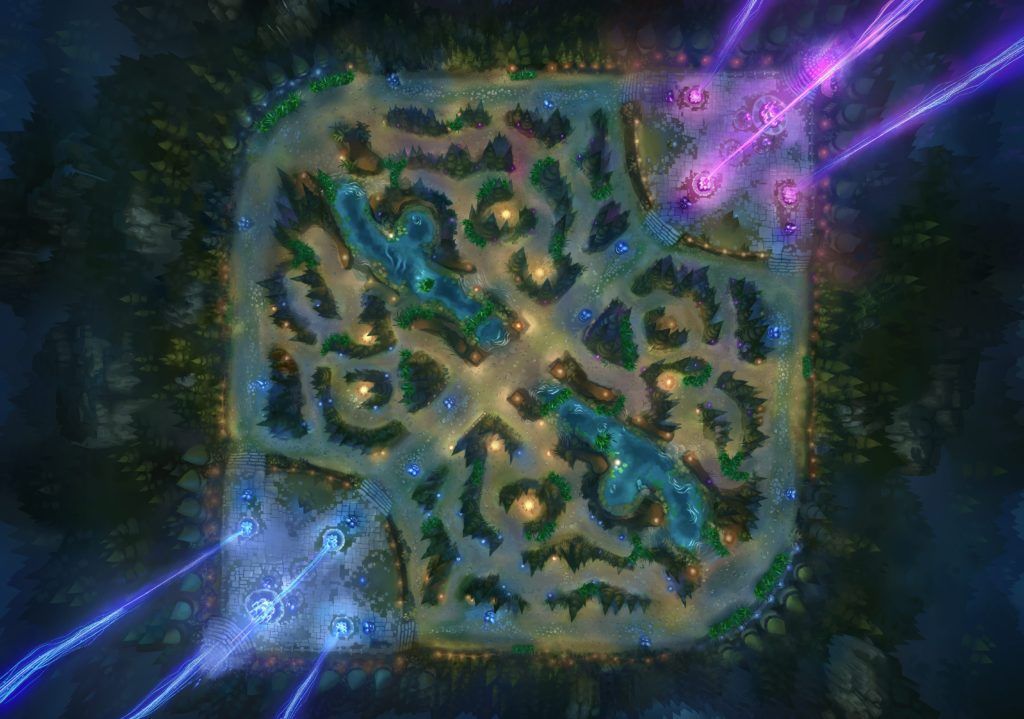
Credit: Riot Games
The map in League of Legends is referred to as Summoner’s Rift, or the Rift for short. Summoner is the term Riot Games uses for its players, where they summon their desired champion onto the battlefield to compete in their place.
There are more than 150 champions to choose from. Each player will select one unique champion to be part of their five-man team.
At the start of the game, five of the player’s champions will spawn in their respective bases, or home ground. This area is outlined by the lighted blue and purple beams of light at the top and bottom corners of the map above.
The Rift is square shaped, and split into half diagonally by a river. The objective is to destroy the enemy’s Nexus — a large crystal which sits in the middle of the base on the opposite side of the map — to win the game. To do that, the team of five will need to work together to overcome obstacles across the Rift.
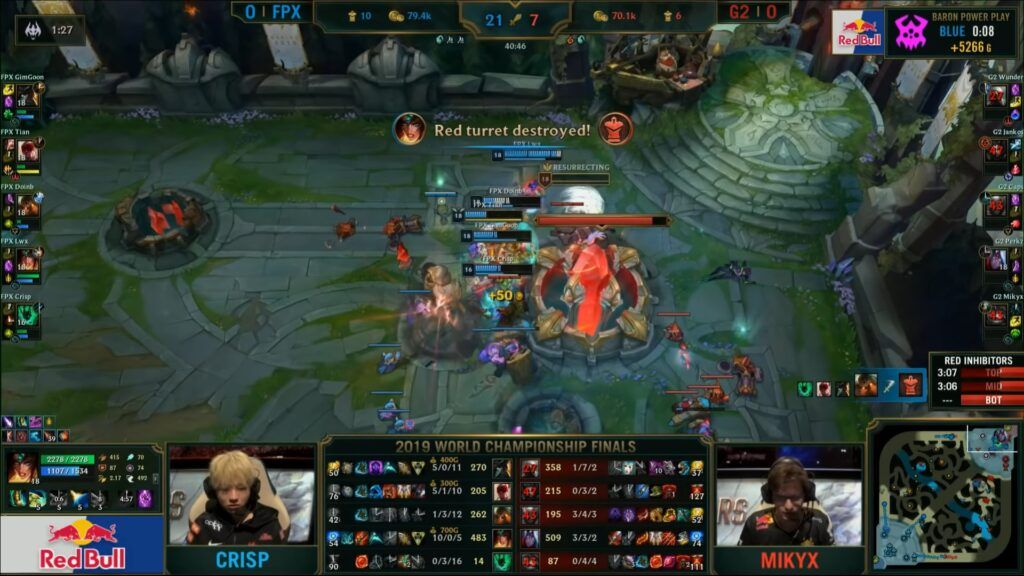
Screenshot by Amanda Tan/ONE Esports
Three lanes, one jungle
What makes MOBAs unique is the strategical way in which teams navigate the map, which consists of three lanes. Outlined in Riot Games’ graphic below, the boomerang shape shows you the top and bottom lane, while the rectangle delineates the middle lane.
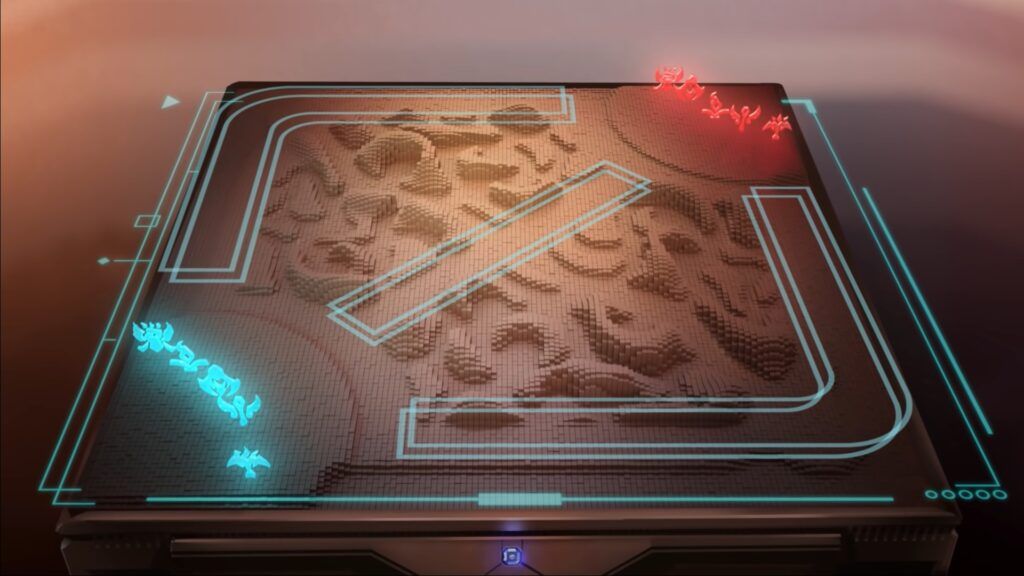
Screenshot by Amanda Tan/ONE Esports
Protecting the base and their side of the map, are towers. Each lane contains two outer turrets on each respective team, which does heavy damage to all enemy units.
In the base, there’s another turret defending each entrance (three in total), and two additional defending their Nexus.
Because the goal of each team is to get to the other side of the map to destroy the Nexus, downing these towers is imperative.
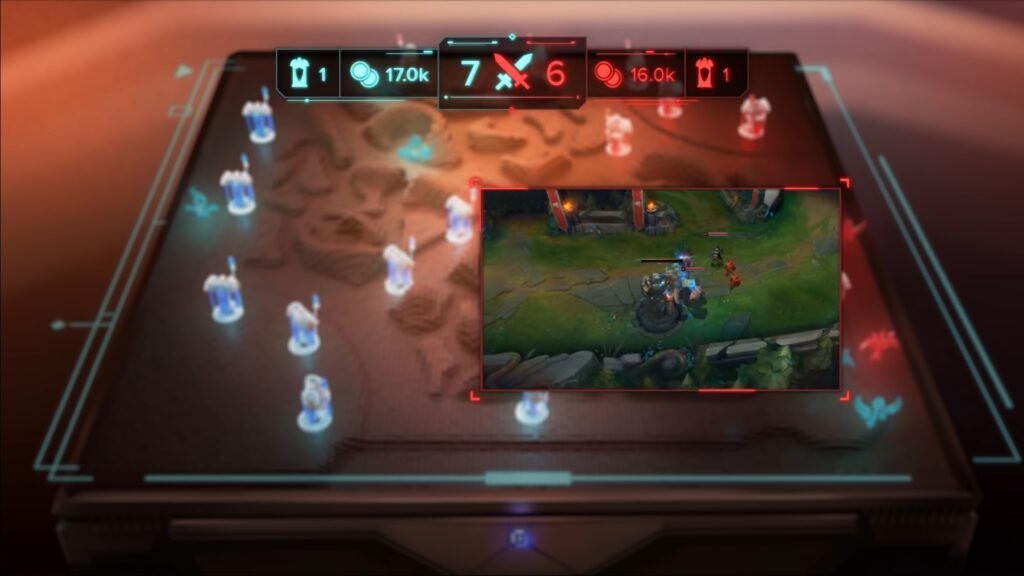
Screenshot by Amanda Tan/ONE Esports
Everything in between, including the river, is known as “the jungle”, filled with bushes, jungle monsters, plants, and walls. Due to the way the map is split, the team on blue side would start off controlling the bottom half of the river, while the red team controls the top half.
To win the game, the team would need to achieve certain objectives before they can secure victory by the Nexus.
Player roles
Because of the way the map is structured, typically one player position themselves in the top lane (the top laner), one in the middle (the mid laner), and two at bottom (bot laner and support). The fifth player roams the jungle, killing monsters and assisting lanes to gain advantages.
Players from both teams will spread out in this formation at the start of every game. This movement across the map is called lane assignments. As players lane (yes, a verb) against their opponent, minion waves will emerge at fixed timings from their base to assist them.
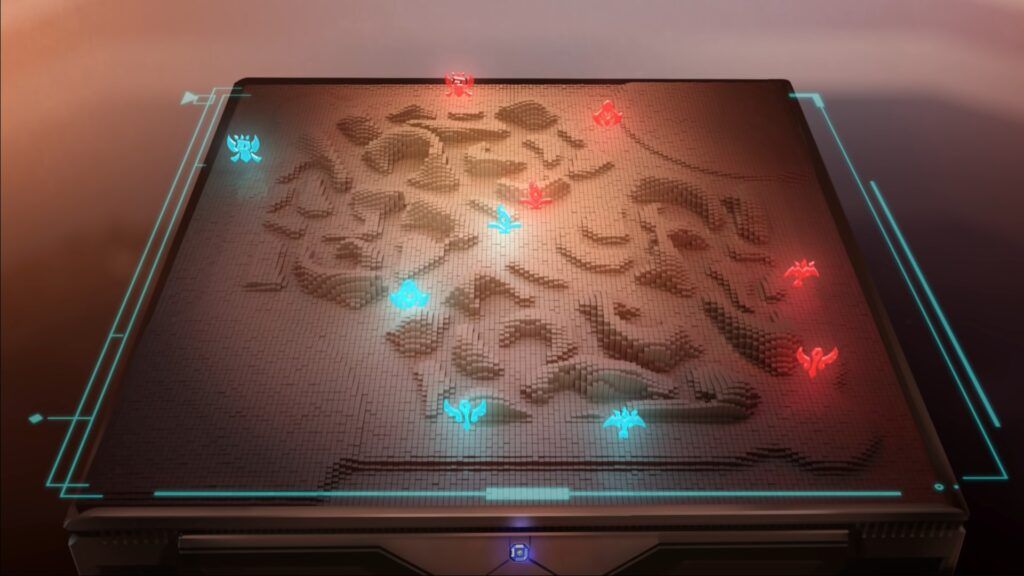
Screenshot by Amanda Tan/ONE Esports
Different champions are picked in different roles, for they serve specific purposes. Professional teams are managed by a team of coaches and staff. The head coach joins the team on stage for drafting, like in traditional sports. During picks and bans, they make the final call for their players on which champions to pick, and in which order.
Picks and bans
The draft phase happens before the start of every professional LoL game. Each league or tournament may have their own unique overlay, but the standard, essential information is always shown.
At the top, you’ll be able to see which two teams are playing against each other. At the Worlds 2019 final, the LPL China representatives FunPlus Phoenix (FPX) faced off against European team G2 Esports (G2).
The team on the left is on blue side, and starts the game at the bottom base of the map, while the team on the right is the red team, and they’ll begin the game from the top base.
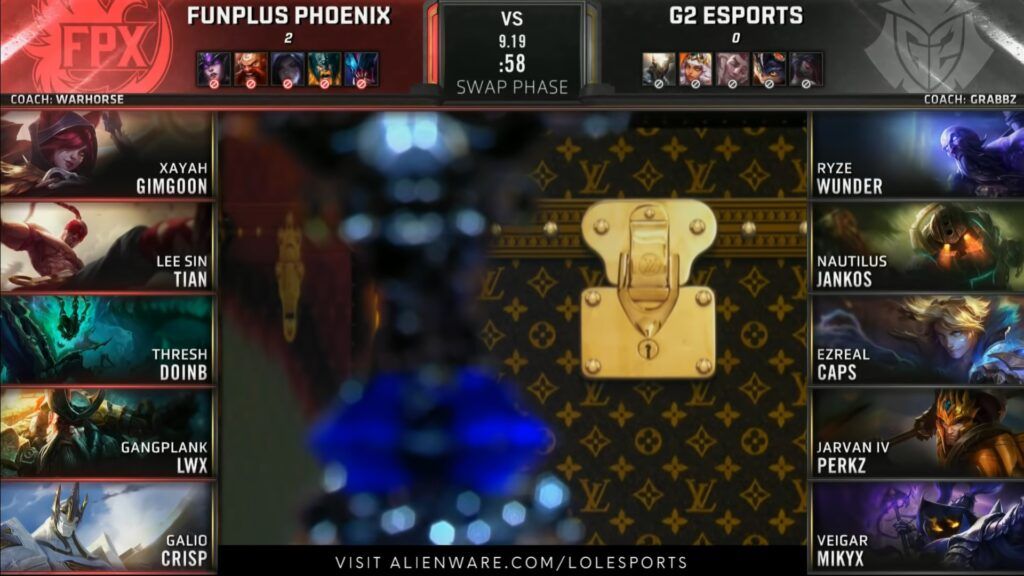
Screenshot by Amanda Tan/ONE Esports
Below team names, we can see the current series score. FPX leads by two games in this best-of-five series, while G2 has not won a single game so far. Playoffs are usually played in a best-of-five format. Regions adopt their own format (double round robin, best-of-ones, best-of-threes) for the regular season.
Each champion is represented by their portrait. Below the score line marked with a “stop” sign on each are champions that both teams have banned, and will not appear in that particular game.
In the middle, 9.19 refers to the patch that the tournament is played on. These are game updates that alters the state of the game, where some champions are made stronger than others. Teams would therefore strategize differently according to each game update or patch.
Below 9.19 is the timer, for both teams at every turn only has a limited time to ban and pick champions.
Self explanatory is the name of the coach below the team’s logo on the left and right side respectively. As with all in-game names, these are nick names gamers give themselves which they known by in the community, and not their real names.
From there, vertically down are the champions that each team has picked for themselves. The players are lined up according to their roles, from top to bottom. GimGoon and Wunder are top laners of their respective teams, Tian and Jankos the junglers, Doinb and Caps the mid laners, Lwx and Perkz the bot laners, and Crisp and Mikyx the supports. The order of players are fixed every match.
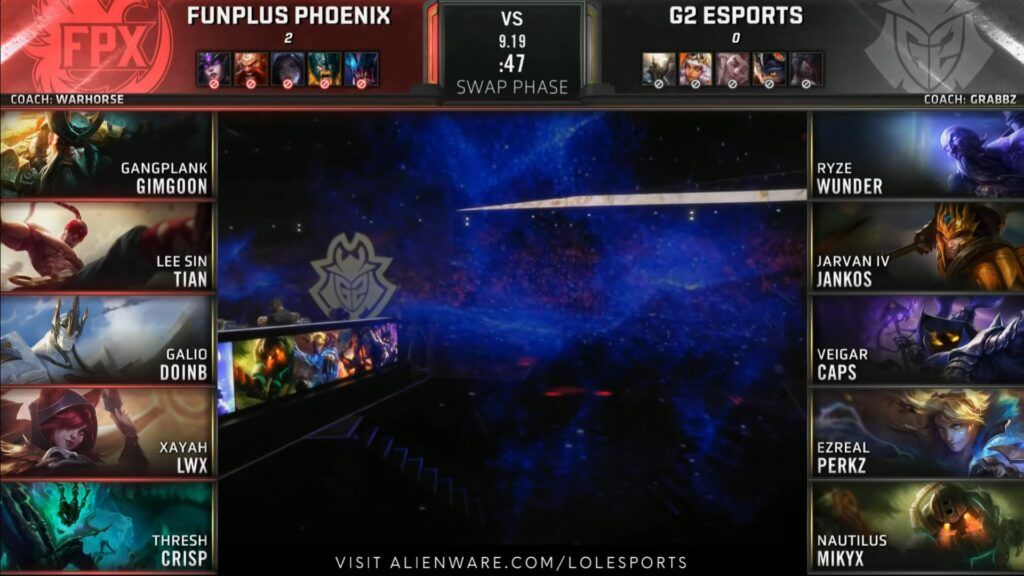
Screenshot by Amanda Tan/ONE Esports
Their in-game names, for example “GimGoon”, “Tian”, “Doinb”, are shown together with the champion that has been selected for the team.
Once draft phase is over, they can swap champions during the Swap Phase to suit their roles. We see that FPX GimGoon is playing Gangplank, Tian is playing Lee Sin, Doinb on Galio, and so on. Note that sometimes, the display doesn’t reflect champion names and only player names.
- Every day I think about Arcane and it makes me cry
- I thought Ruination was about Viego, but as usual, a marksman stole the spotlight
Two draft phases
There is a fixed sequence during picks and bans which consists of two phases. Firstly, three champions will be banned by both teams one by one. Then, the blue team (the one on the left side, in this case, FunPlus Phoenix), will pick the first champion. This is an advantage, as they get first dibs.
Next, red side (G2) will pick two champions, then it’s back to blue to pick another two and then red to pick one. That concludes the end of phase one where three champions have been picked by both teams.

Screenshot by Amanda Tan/ONE Esports
They each then ban an additional two champions in sequence in phase two. From there, red team (G2), will pick one champion. Blue team (FPX) then finishes off their draft by choosing their last two.
Red side then has the advantage of last picking the final champion of their draft. This balances off blue side’s first pick, for the red team is able to evaluate blue team’s team composition, then pick a champion that they deem a counter, or an asset to what the blue team has put together.
Game progression
In order to get from one end of the map, to victory on the other, teams will need to complete smaller goals and bigger objectives.
Micro goals are:
- Kill minions in lane for experience and gold
- Kill jungle monsters for experience and gold
- Kill enemy champions for experience and gold, which puts the enemy out of action for a temporary amount of time
Bigger objectives include:
- Down turrets all the way to the enemy’s Nexus that opens up the map and also gives gold
- Kill dragons for permanent buffs, Rift Herald to aid in downing towers, and Baron for a temporary buff later in the game, all which give gold
- Down inhibitors in the enemy base (three in total, one in each lane)
- Down the last two turrets surrounding the Nexus, and finally, the Nexus
The dragon pit is located at the bottom side of the map, while the Baron at the top side. The Rift Herald spawns in the early game, before Baron takes it place later on. These larger monsters that you can describe as “boss fights” require teamwork to kill as they’re stronger, but also grant better rewards.
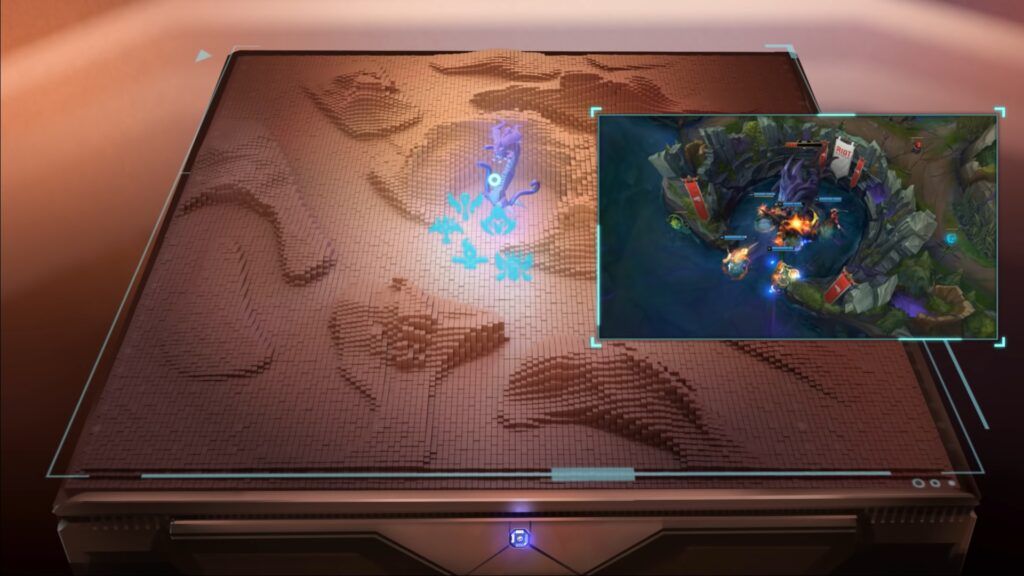
Screenshot by Amanda Tan/ONE Esports
When a team slays an Elemental Dragon, they receive a permanent boost to certain stats, such as offensive or defensive power. When a team kills Herald and summons it, it charges into towers and deals a chuck of damage.
When the team defeats Baron, they gain a buff that, when near a minion wave, boosts their power too which helps them push into turrets and the enemy base to close the game.
Preforming all these actions collectively allow a team to control the map through vision. Think about it like the art of war. The more territory you control, the more information you have about the enemy, the more you’ll be able to surprise your opponent, or straight up purchase items that are much stronger than them.
The power of experience and gold
As you can see, the ultimate, permanent resource in League of Legends is gold — which can only be earned and not lost. With gold, players will be able to upgrade items for their champions and grow more powerful as the game progresses.
Whenever micro goals are achieved, they also gain experience. This helps them level up, which gives them higher base stats and makes them stronger too.
When they possess stronger weapons and are of a higher level than their opponents, they are more likely to win skirmishes and team fights. By killing enemy champions, they gain even more gold, and have the opportunity to control a larger area of the map.
Riot Games describes it as a cycle: More kills, more gold, more items.
Understanding the HUD
Now that you understand the flow of the game and what every team is trying to accomplish, it’s time to make sense of the information given when a game is on-going.
Right in the center of the top bar shows the number of kills each team has. All the blue text are resources that the blue team has amassed, and red text for the red team. Even though there are times where teams with more kills has the lead, this is not always the case.
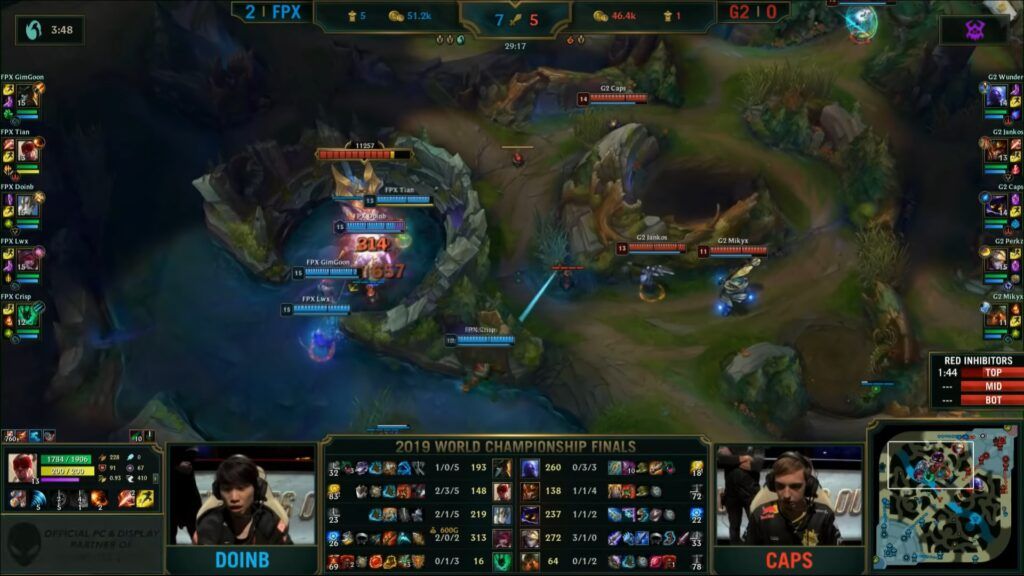
A more accurate barometer is the amount of gold earned, the number next to the two gold coins. The team that is leading will have more accumulated gold. Next to that icon is a turret, which tracks the number of towers each team has downed.
Below the top bar in the middle sits the game timer. The elemental icons signifies the Elemental Dragons that each team has secured in the game.
On the furthest edge you’ll also notice an elemental looking icon with a timer which shows the countdown to the next dragon spawn. On the right is the countdown to the next Baron spawn — two of the most important objectives in the game.
At the side, we see details on each player’s champion, their champion level, their health bar (green), and mana bar (blue). Adjacent to the champion portraits are two summoner icons. Each player equips two Summoner Spells that give them added utility to make plays. Whether they are available for use, or on cooldown, is depicted. The most common Summoner Spell shown in yellow is Flash, which every single member of G2 equipped.
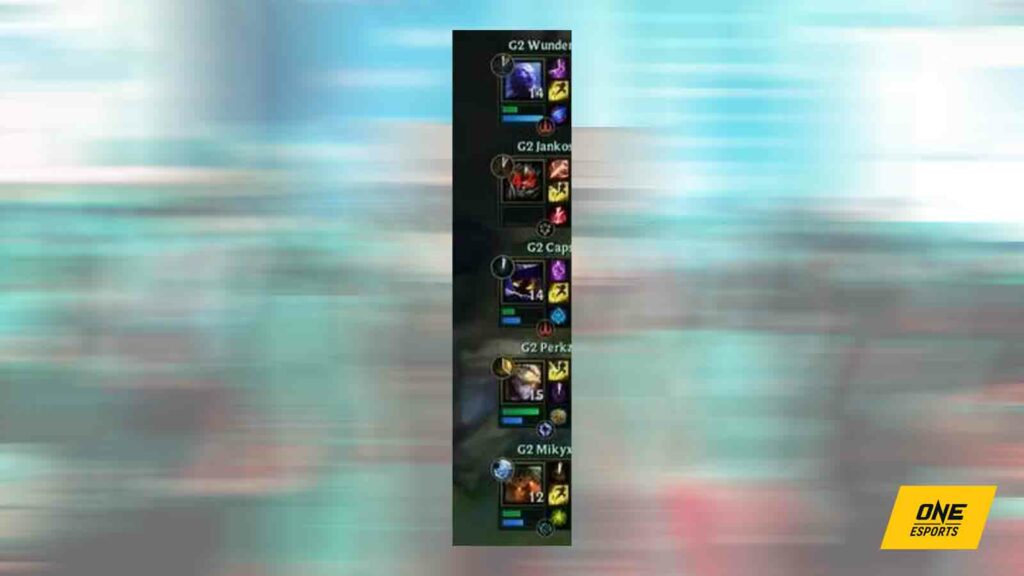
When a champion’s portrait is greyed out, it means that their character died on the Rift. The countdown is his death timer, reflecting the number of seconds that he’ll take to respawn back in base. In the example above, Jankos is out of action for 43 seconds.
At the bottom right corner adjacent to the HP and MP bars are the two keystone runes that a player has equipped. Runes add or enhance champion abilities and statistics, and give players customizable options to tailor them according to the champion picked and their individual playstyle. They are preset before the game begins, and cannot be changed once it starts.
At the top left hand corner is a circle that contains an icon of each champion’s ultimate. League of Legends champions possess an ultimate ability. It is their strongest ability, or spell, and has the longest cooldown among their other three abilities. Through the HUD, we can see if their ultimate is ready to be used, or on cooldown.
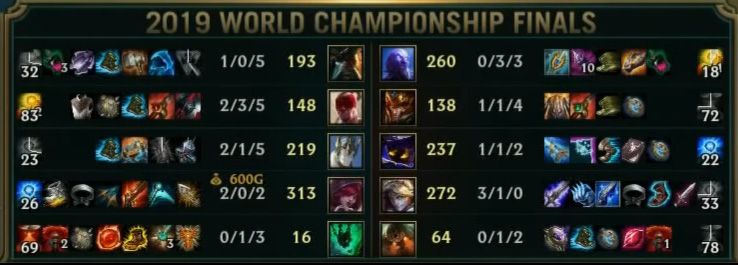
Screenshot by Amanda Tan/ONE Esports
The third main component is the live scoreboard at the bottom of your screen. It shows champions in order from top lane to support, and the amount of farm they acquired. Farm includes the number of minions as well as jungle monsters. Usually the supports have the least amount of farm (16 and 64 in this case) because their goal is to assist their bot laner and give them all the farm so that they can carry the game.
In the next column is the K/D/A: Kills, deaths and assists. Adjacent are the items that each player has bought, and finally their vision socre. The yellow, red and blue trinkets are three types of tools that players can purchase for free in the in-game store. When they use them to either provide or deny vision, the AI computes a vision socre.
Supports and junglers are depended on to control vision on the map, which in turn provides intel for their team, so their vision score is usually the highest.
Post-game statistics
After a game, the broadcast will usually show the post-game summary. There, we can take a look at the game time, series score, combined team KDA, total team gold, towers downed, dragons taken, the number of Barons and number of Elder Dragons secured.
The graph shown is always Gold Difference Over Time, where we can get a sense of which parts of the game was either team in the lead, or were trailing behind. Blue areas above the zero line indicate when blue team was ahead, while red areas illustrate when red team had the lead.
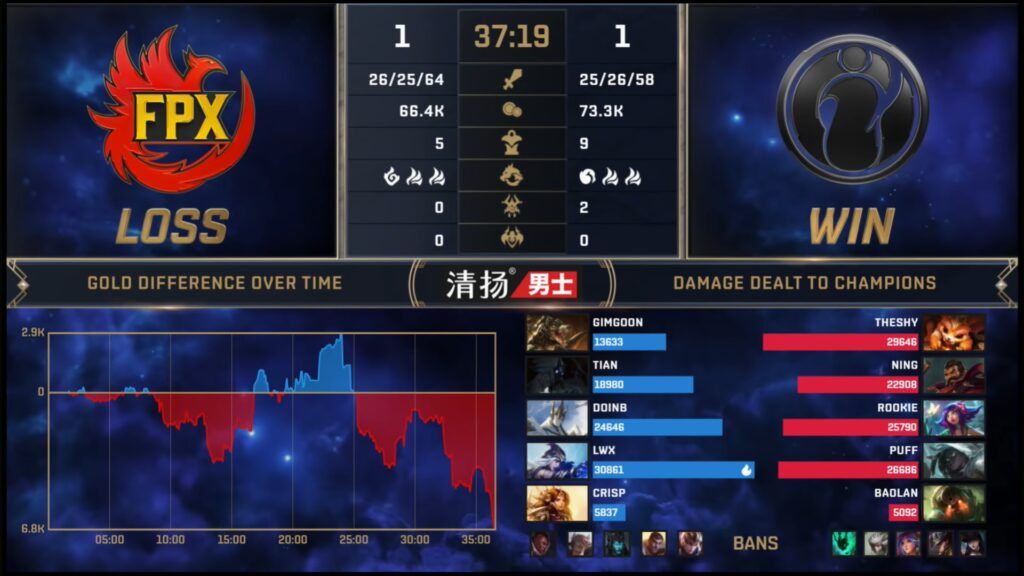
On the bottom right section, we see the champion line up and corresponding player names, as well as their Damage Dealt to Champions. From the example, Lwx on Ashe dealt the most damage among ten players in the game. At the bottom are champions that were banned.
With that, you’re all set to watch and understand a professional game of League of Legends. For a quick rundown on watching Worlds, check out Riot’s video below:
Follow ONE Esports on Facebook and Twitter for more LoL news, guides, and highlights.
READ MORE: 5 things you missed in the Worlds 2020 theme song ‘Take Over’


